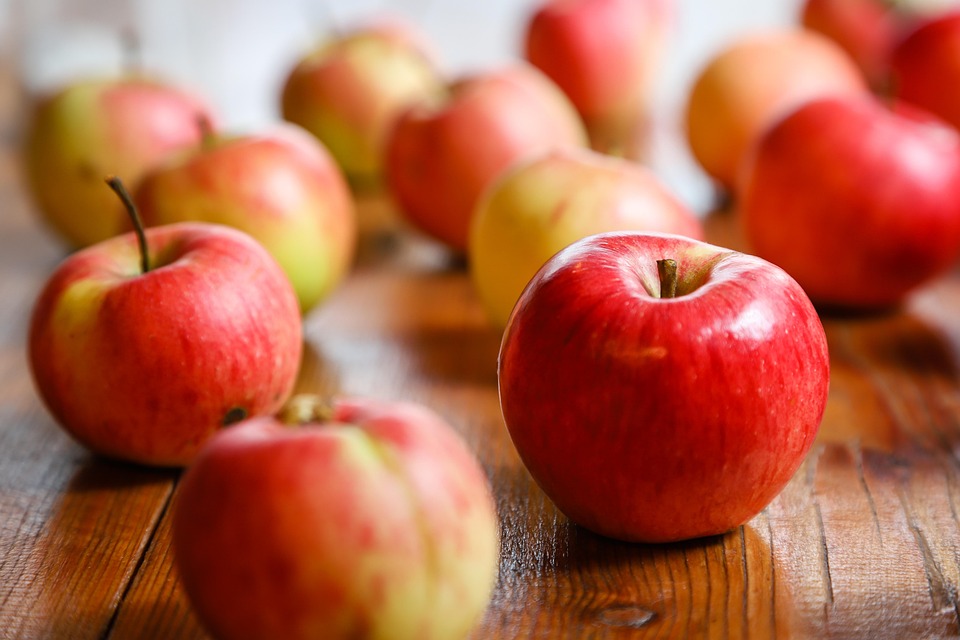As our world becomes increasingly interconnected, food lovers and health enthusiasts alike are discovering the diverse array of nutritious cuisines that different cultures offer. From vibrant Mediterranean dishes to nourishing Japanese fare, exploring global tastes can provide not only delightful flavors but also health benefits that promote well-being. This article takes you on a culinary journey, highlighting healthy cuisines from around the globe.
1. Mediterranean Magic
Key Ingredients:
- Olive oil
- Fresh vegetables
- Whole grains
- Legumes
- Fish
The Mediterranean diet is often heralded as one of the healthiest in the world. Characterized by an abundance of fresh vegetables, fruits, whole grains, and healthy fats, it’s rich in essential nutrients. The use of olive oil not only enhances flavor but also provides monounsaturated fats that are beneficial for heart health. Dishes such as Greek salad, quinoa tabbouleh, and grilled fish exemplify this vibrant cuisine.
2. Wholesome Japanese Cuisine
Key Ingredients:
- Rice
- Fish
- Seaweed
- Vegetables
- Fermented foods
Japanese cuisine is renowned for its subtle flavors and health benefits. Traditional meals often emphasize balance and portion control, with a focus on nutrient-dense foods. Dishes like sushi, sashimi, and miso soup are low in calories and high in nutrients. Fermented foods like natto and pickled vegetables support gut health, making this cuisine a model for nutritious eating.
3. Colorful Indian Delights
Key Ingredients:
- Legumes (dal)
- Fresh vegetables
- Whole grains (brown rice, quinoa)
- Spices (turmeric, ginger, cumin)
Indian cuisine offers a plethora of healthy options that are bursting with flavor. Rich in lentils and beans, Indian dishes provide plant-based protein and fiber. Spices such as turmeric and ginger not only elevate dishes but also have anti-inflammatory properties. Wholesome dishes like chana masala and vegetable curry can be enjoyed alongside brown rice or whole wheat roti for a balanced meal.
4. Vibrant South American Flavors
Key Ingredients:
- Quinoa
- Fresh fruits
- Vegetables
- Lean meats
- Nuts and seeds
Countries like Peru and Brazil offer nutritious treasures that reflect their rich agricultural heritage. Quinoa, a staple in many South American diets, is a complete protein that can be enjoyed in salads or as a base for a wholesome bowl. Dishes such as ceviche (fresh fish marinated in citrus) and acai bowls topped with local fruits are not only delicious but also packed with nutrients.
5. Heart-Healthy Scandinavian Dishes
Key Ingredients:
- Whole grains (rye, oats)
- Fatty fish (salmon, mackerel)
- Root vegetables
- Berries
Scandinavian cuisine emphasizes seasonal, local ingredients that are both nourishing and sustainable. The Nordic diet is rich in whole grains, fatty fish, and fresh produce. Dishes like gravlax (cured salmon) and rye bread sandwiches, along with the use of berries in desserts, combine to create meals that are satiating and full of antioxidants.
6. Flavorful Middle Eastern Classics
Key Ingredients:
- Chickpeas
- Bulgur
- Fresh herbs
- Yogurt
- Spices
Middle Eastern cuisine is a treasure trove of flavor and nutrition. Dishes like hummus, tabbouleh, and lentil soup are not only delicious but also packed with protein and fiber. The use of fresh herbs and spices—such as parsley, mint, and cumin—enriches the flavors while providing health benefits.
Conclusion: A World of Healthy Choices
Exploring global cuisines is an invitation to savor diverse flavors and nutrients. As we become more aware of the connections between food, health, and sustainability, these healthy options from around the world can inspire us to create meals that nourish not just our bodies, but also our minds and spirits. By embracing the vibrant tastes of various cultures, we can cultivate a more health-conscious and adventurous approach to dining. So grab your passport and fork—your culinary journey awaits!



